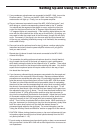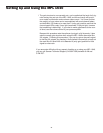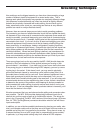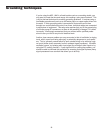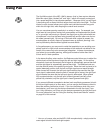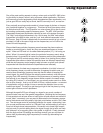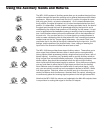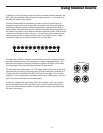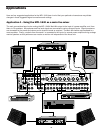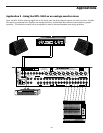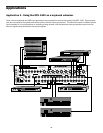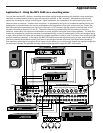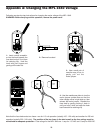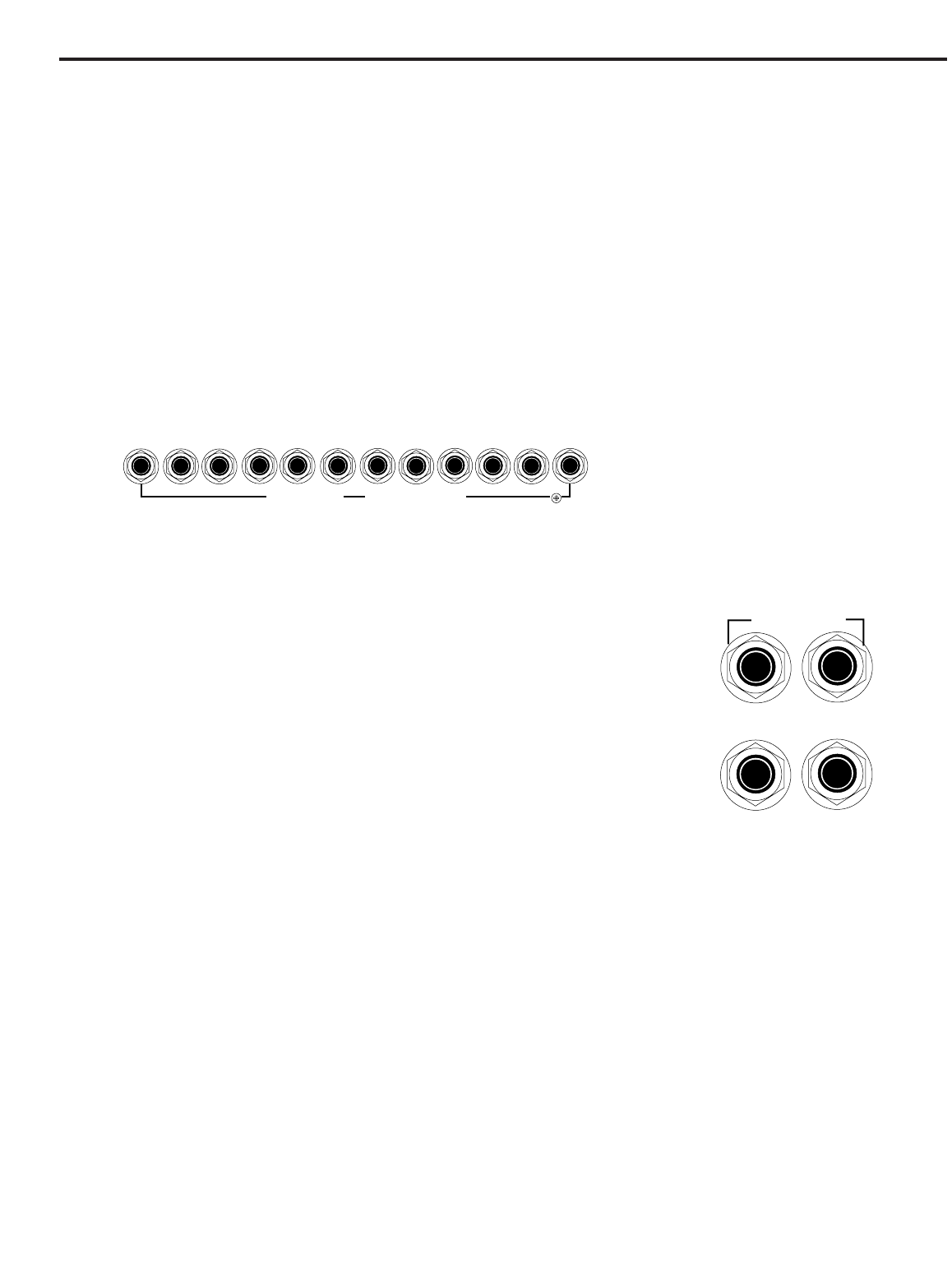
21
Using Channel Inserts
In addition to using Auxiliary sends and returns to access outboard devices, the
MPL 1640 also provides channel inserts for input channels 1 - 12 as well as for
the Main Mix and Bus 3/4 outputs.
Channel inserts should be used when you want to affect just one signal, as
opposed to signal from several channels—most often, this will be for dynamic
processing purposes (such as outboard equalization, compression/limiting, or
noise gating). Channel insert signal is returned just before the channel fader; for
this reason, the output level of external devices connected to MPL 1640 channel
inserts should always be set to unity gain. You can also use the channel insert
sends as post-eq (but pre-fader) direct outputs, if you need to route a single
monophonic signal to an external device such as a tape deck.
The Main Mix and Bus 3/4 inserts are useful when you want to effect the entire
mix with a device such as a room equalizer or stereo compressor/limiter. The
Main Mix insert signal is returned just before the Main L/R faders, and the Bus
3/4 insert signal is returned just before the Bus 3/4 level control.
All rear panel insert jacks accept 1/4" TRS plugs, with the ring carrying the send
signal and the tip carrying the return signal; this will normally be connected to a
Y-cable (see the “Connecting The MPL 1640” section on page 10 for a wiring
diagram). This configuration is sometimes known as an “effects loop,” since the
signal is sent and returned over the same cable.
If nothing is plugged into insert jacks, they have no effect—but if you connect
them to a passive device like a patchbay, you’ll need to normal (permanently
connect) or half-normal (connection is made unless overriden by a patch cord)
the send to the return.
3L - 4RMAIN MIX
R
L
BUS INSERT
CH 1
CH 2CH 3
CH 4CH 5
CH 6
CH 7CH 8CH 9CH 10CH 11CH 12
CHANNEL INSERT
(TIP RETURN - RING SEND)



